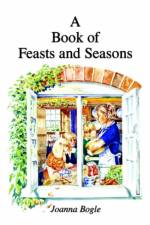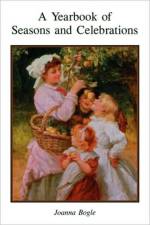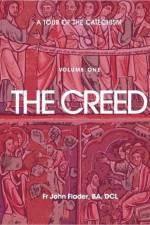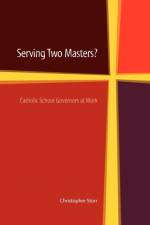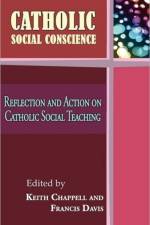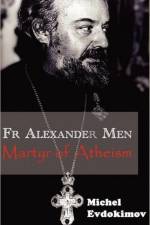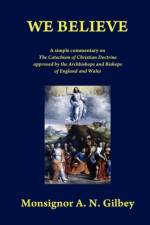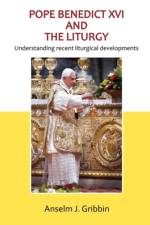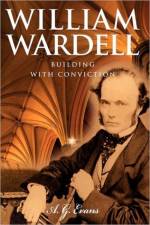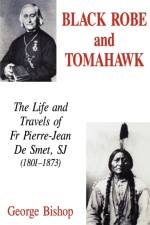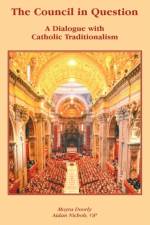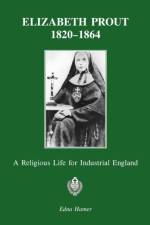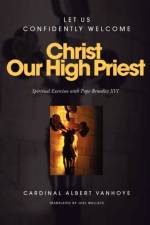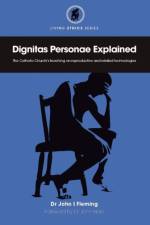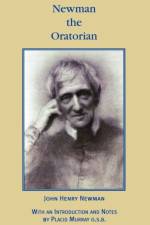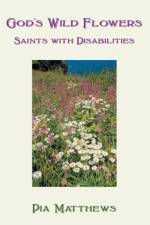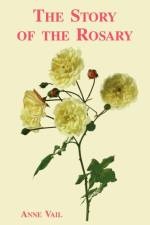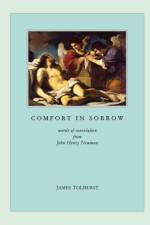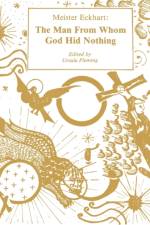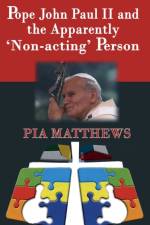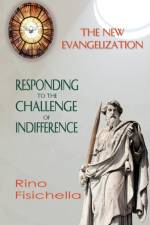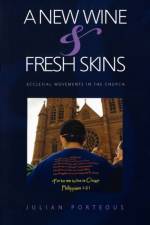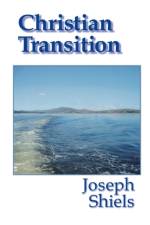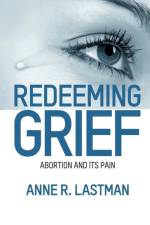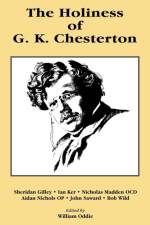- A Religious Life for Industrial England
av Edna Hamer
319,-
Elizabeth Prout stands at both the heart and the crossroads of nineteenth-century history. From her birth in 1820 as the daughter of a cooper in a brewery, beside a cotton mill and an ironworks in the suburbs of Shrewsbury, to her death of tuberculosis, beside the glass and chemical works of St Helens, in 1864, she experienced the industrial, educational, social, economic and religious changes that transformed English society at that time. It was, however, her close friendships with those two giants of the spiritual life, the Passionists Blessed Dominic Barberi and Father Ignatius Spencer, that transformed her own life, enabling her, in turn, to transform her own environment.Slight in build, fragile in health, she spent her life in the service of the poor:the mill girls of Manchester, the refugees from the Irish Potato Famine, the needy of Sutton, St Helens, and the unemployed of Ashton-under-Lyne in the Lancashire Cotton Famine. At the same time she implemented educational changes that raised up the Catholic population. She provided Homes for the motherly care of Catholic working girls. Most important of all, in partnership with Father Gaudentius Rossi CP and Father Robert Croskell of the Diocese of Salford, she founded a religious order for the poor, enabling others, too, to educate, to nourish family life in parish visitation and the instruction of converts and to enrich the drabness of people's lives with the beautiful vestments they made for their churches.Without endowments or wealthy patrons, these Sisters of the Cross and Passion- mainly themselves from working-class backgrounds - worked tirelessly both tosupport themselves and to help the slum dwellers amongst whom they lived; andstill they found time to sanctify their lives and their work with almost incessant prayer.The Cause for the Canonisation of Elizabeth Prout (Mother Mary Joseph of Jesus)was opened by Archbishop Derek Worlock of Liverpool in the Church of St Anneand Blessed Dominic Barberi, Sutton, St Helens, where her remains are interred,like those of Father Ignatius Spencer CP, in the shrine of Blessed Dominic. In 2008 Archbishop Patrick Kelly completed the Liverpool Archdiocesan Process andforwarded Elizabeth Prout's Cause to Rome.Edna Hamer (Sister Dominic Savio CP) was educated by the Sisters of the Cross and Passion at both primary and secondary levels before entering their novitiate. With a BA (Hons) and a Ph.D. in History from the University of Manchester and an M.Litt. from Glasgow, she taught in St Michael's Academy, Ayrshire, for twenty-eight years. Appointed by the Congregation to research into the life of the Foundress, she was awarded her doctorate for her thesis onElizabeth Prout in the context of the social and economic history of Manchester and the North West. This biography of Elizabeth Prout was first published in 1994, the same year that the Cause for the Canonisation of Elizabeth Prout was opened. Appointed to the Historical Commission, Sister Dominic prepared the documentation for the Cause of Elizabeth Prout required by the Holy See. She is the author of With Christ in His Passion, a short life of Elizabeth Prout, also published by Gracewing


